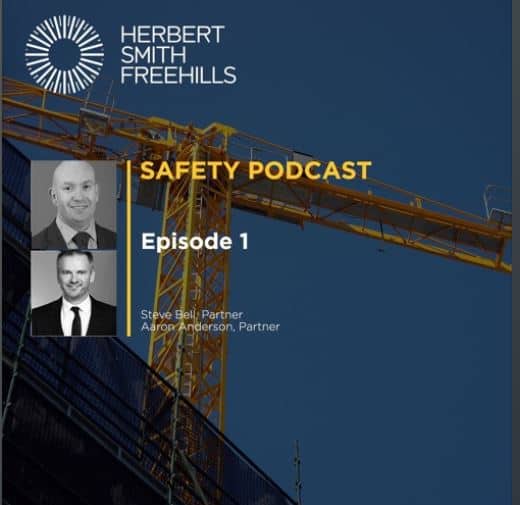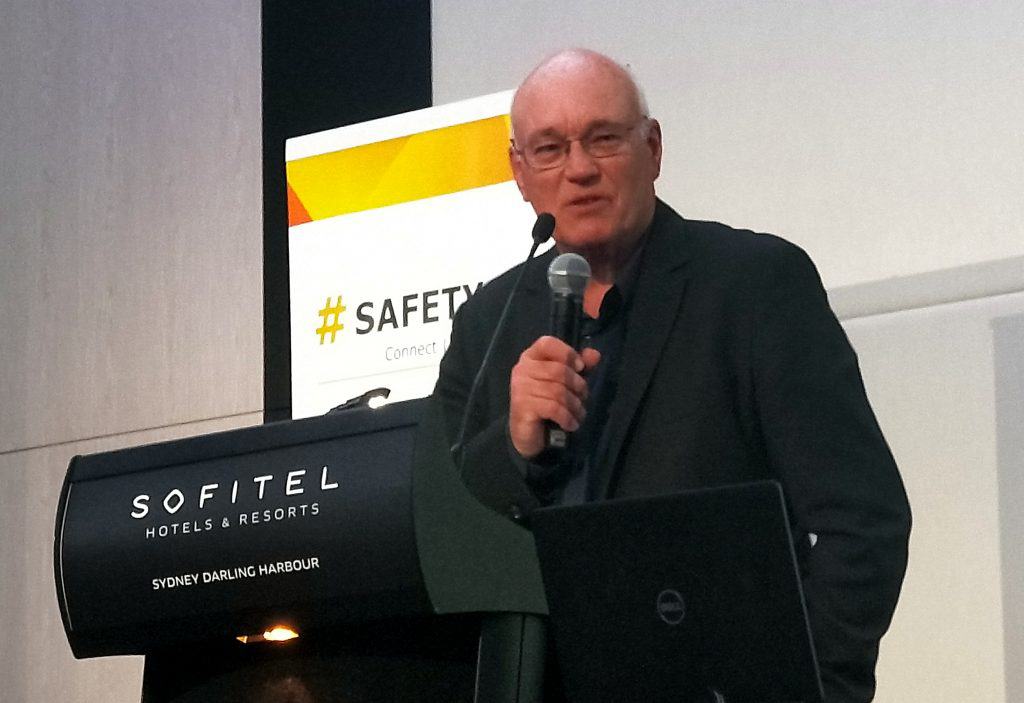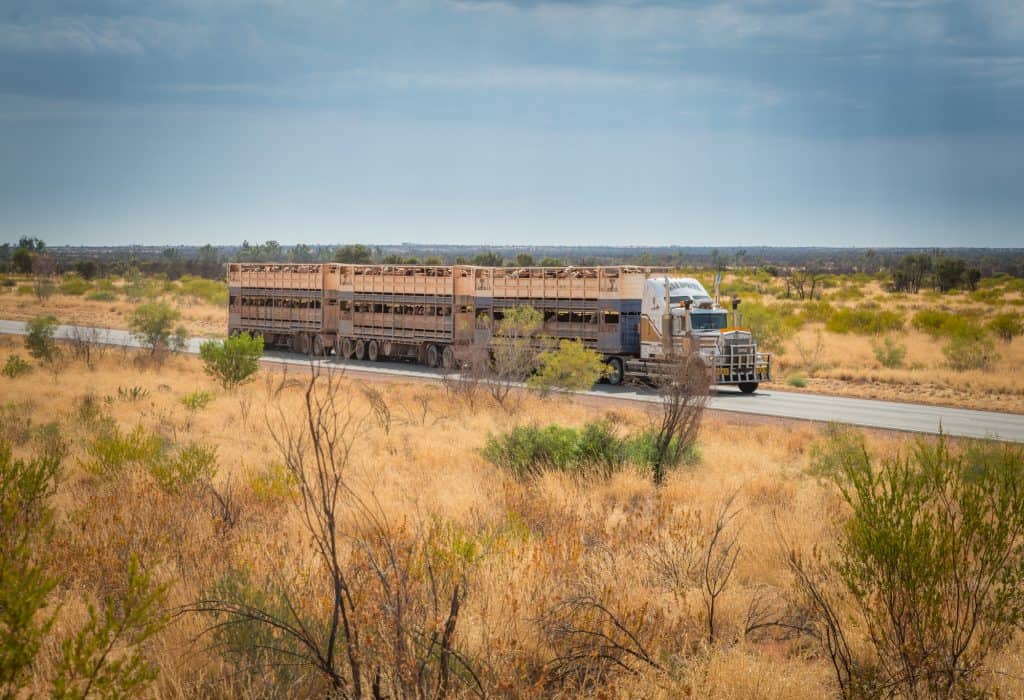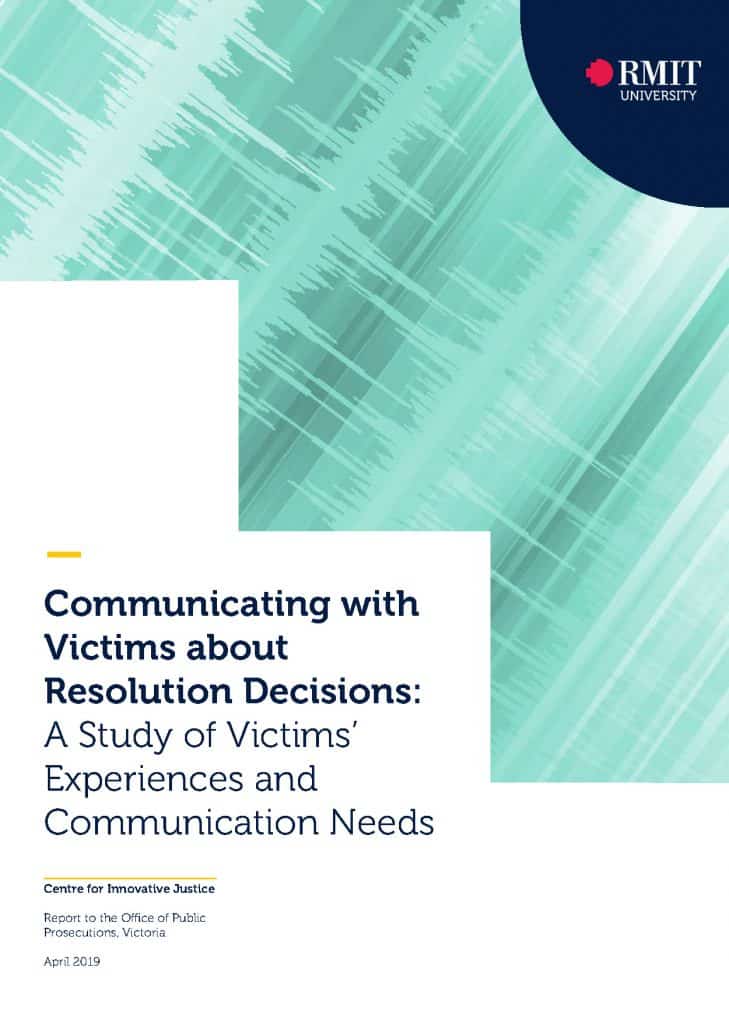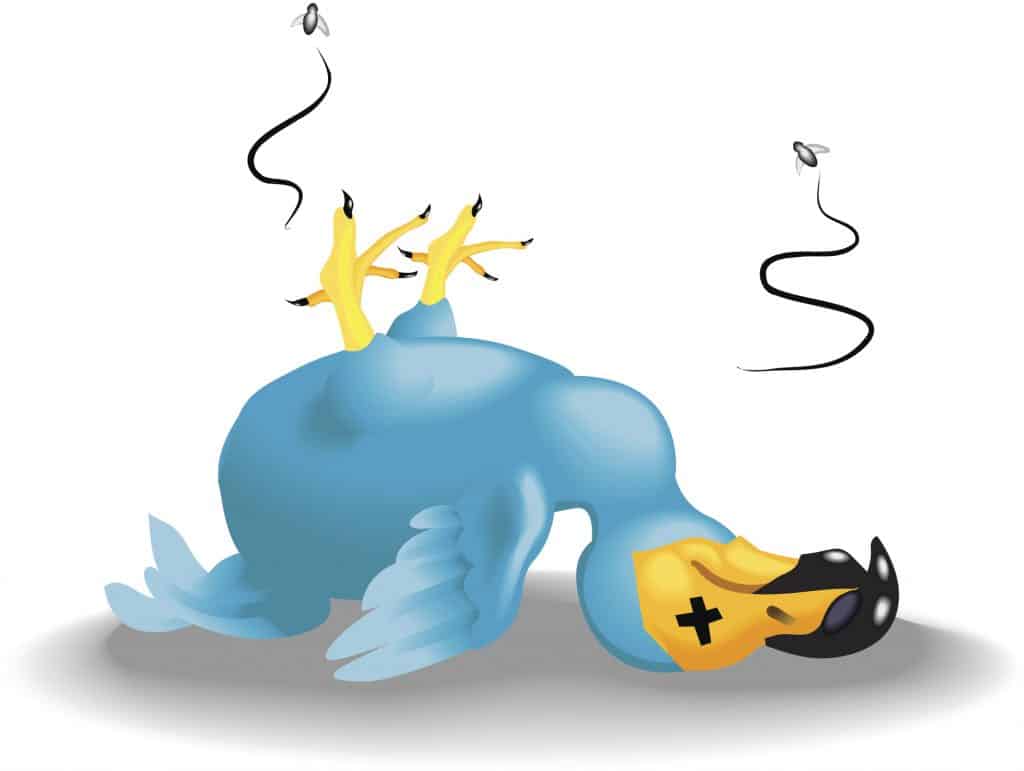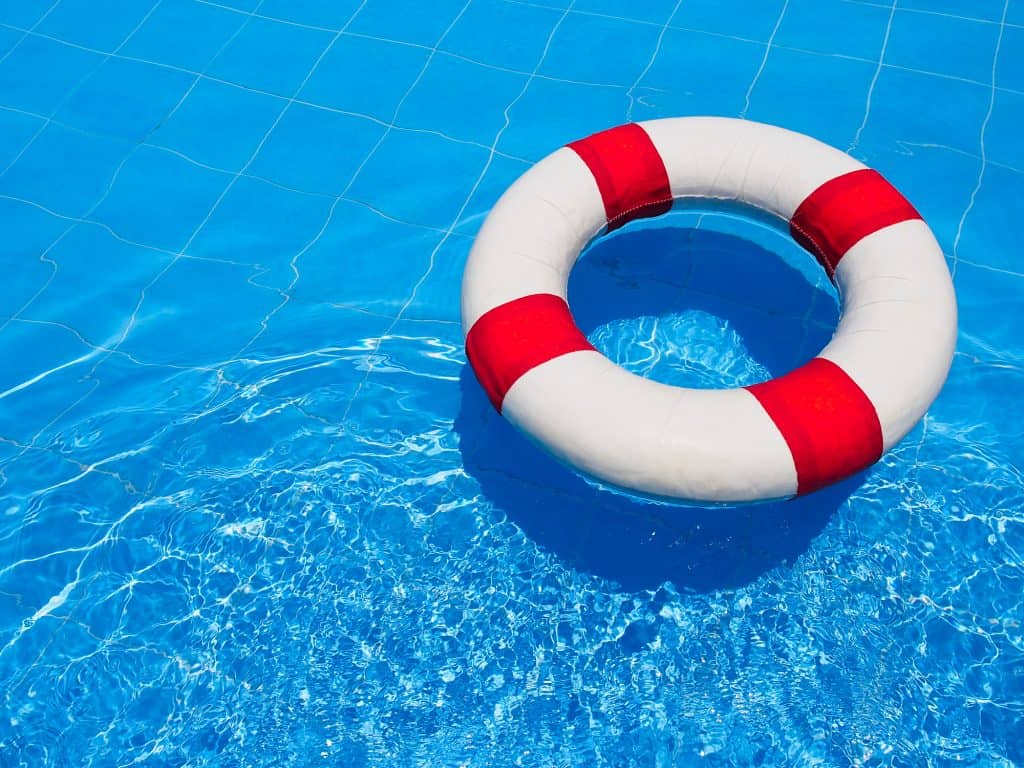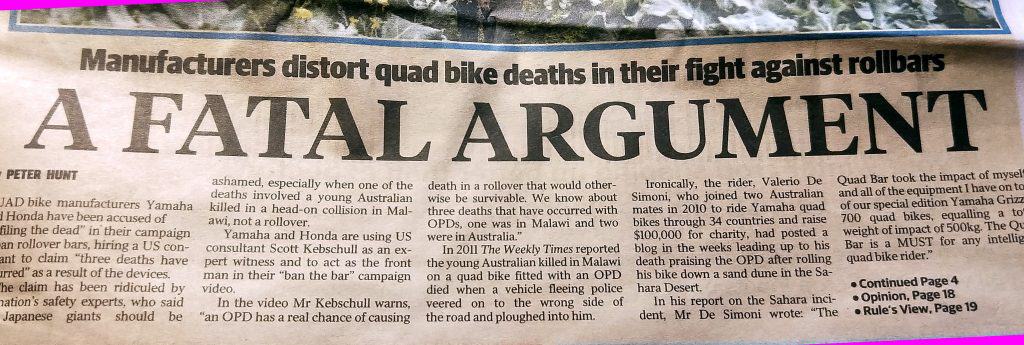
The Weekly Times newspaper has provided strong coverage of the arguments about quad bike safety for many years, especially, through the work of Fiona Myers and Peter Hunt. The June 19, 2019 edition devoted its front page, page 4, an opinion piece and a cartoon to the objection by the quad bike manufacturers to Operator Protection Devices (OPDs). One of the benefits of long-term media coverage is that changed positions, or hypocrisy, can be shown and this is what Hunt did on 19 June.

